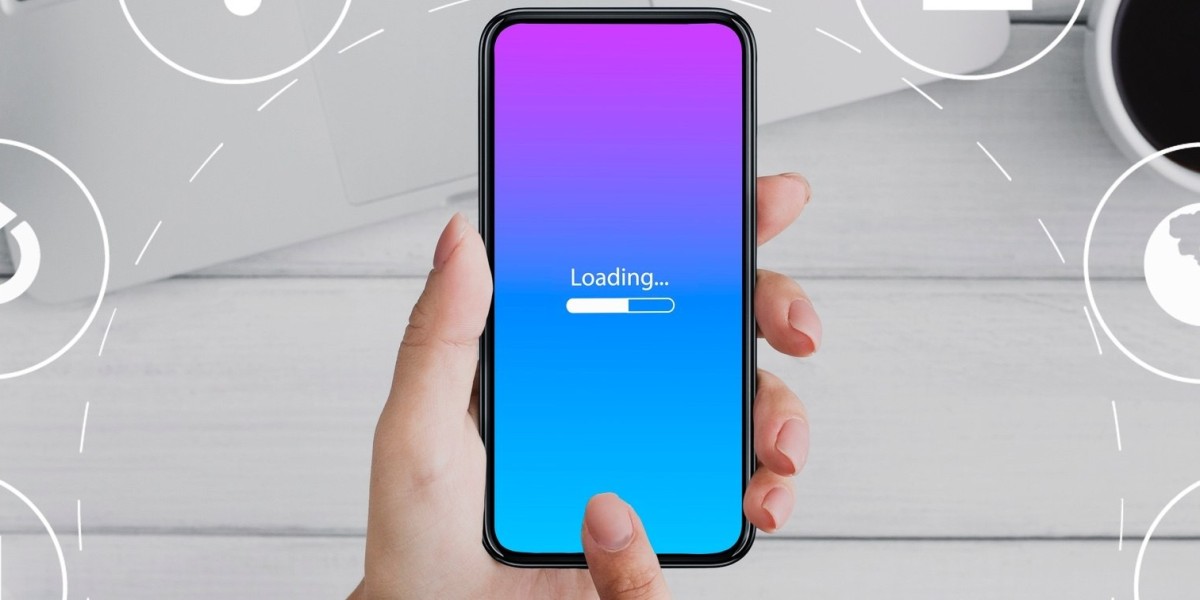Introduction to Mobile Value-Added Services (MVAS)
Mobile Value-Added Services (MVAS) have emerged as a vital component of today’s mobile ecosystem. These services go beyond standard voice calls and SMS, delivering enhanced functionalities that enrich user experience. From entertainment and information access to enterprise-level applications, MVAS has fundamentally transformed how individuals and businesses interact with mobile technology. As mobile phone usage continues to soar globally, the significance of MVAS grows exponentially, offering a diverse range of personalized services to cater to the evolving needs of users.
What Are Mobile Value-Added Services?
MVAS refers to non-core services provided by mobile network operators and third-party vendors that add value to the standard mobile offerings. These services include mobile entertainment (such as games, ringtones, and videos), information services (like news alerts, weather updates, and financial updates), mobile banking, m-commerce, and enterprise solutions. The goal of MVAS is to enhance user engagement, increase ARPU (Average Revenue Per User), and create new monetization channels.
Key Types of MVAS
Mobile Value-Added Services are broadly categorized into several types, each designed to serve specific user demands and business objectives:
- Entertainment Services:
These include downloadable games, streaming music, videos, and mobile TV. With the rise of 5G, such services are becoming more immersive and real-time. - Information-Based Services:
News alerts, educational content, astrology, and health tips fall under this category. These services are often delivered through SMS, apps, or interactive voice response (IVR). - M-Commerce and Mobile Banking:
Services such as mobile wallets, payment gateways, and banking apps have become indispensable, especially in regions with limited access to traditional banking infrastructure. - Enterprise MVAS:
These services help businesses with solutions like bulk messaging, mobile marketing, workforce management, and supply chain communication. - Location-Based Services (LBS):
These services use GPS and network data to provide users with personalized, location-aware content, such as nearby restaurants, offers, or emergency services.
Benefits of MVAS for Users
For mobile users, MVAS translates to convenience, personalization, and enriched interaction. The ability to access a wide array of services through a mobile device enhances the user experience significantly. For example:
- Convenience: Users can perform banking transactions, access news, and enjoy entertainment without switching platforms.
- Customization: Services are often tailored based on user preferences, location, and behavior, offering a personalized digital journey.
- Accessibility: MVAS bridges the digital divide by offering essential services even on basic feature phones via SMS and IVR.
Benefits of MVAS for Businesses and Operators
Businesses and mobile operators leverage MVAS to achieve several strategic advantages:
- Revenue Generation: By offering premium content and subscription-based services, operators can boost their ARPU.
- Customer Engagement: Personalized offers and interactive content increase user retention and brand loyalty.
- Market Differentiation: MVAS enables service providers to stand out in a competitive landscape by offering unique value propositions.
Role of Technology in Enhancing MVAS
The evolution of mobile technologies like 4G, 5G, AI, and cloud computing is fueling the expansion of MVAS. Faster data speeds and lower latency empower real-time services such as live video streaming and cloud gaming. Meanwhile, AI-driven analytics enhance service personalization by interpreting user data and behavior, offering context-aware recommendations.
MVAS in Emerging Economies
In many developing countries, MVAS has become a key driver of digital inclusion. Mobile-based health tips, educational content, agricultural information, and mobile money services play a transformative role in empowering rural populations. Governments and NGOs often collaborate with telecom providers to disseminate critical information through MVAS platforms.
Privacy and Regulatory Considerations
With increased personalization and data usage, privacy has become a core concern in MVAS. Service providers must adhere to data protection regulations and ensure transparency in how user data is collected, stored, and used. Secure opt-in mechanisms, user consent, and compliance with frameworks like GDPR are essential to maintain trust and legal integrity.
Future Trends in MVAS
The future of Mobile Value-Added Services looks promising, with several trends reshaping the industry:
- AI-Powered Personalization: Enhanced AI will deliver smarter recommendations and context-aware services.
- Integration with IoT: MVAS will increasingly integrate with smart devices, offering remote control, monitoring, and alerts.
- Expansion of Mobile Health (mHealth): Mobile-based health services will grow, enabling remote consultations, diagnostics, and health education.
- Voice-Activated Services: With the rise of voice assistants, MVAS will evolve into more conversational and intuitive formats.
Source - https://www.marketresearchfuture.com/reports/mobile-value-added-services-market-2969
Conclusion
Mobile Value-Added Services (MVAS) are redefining the scope of mobile communication by offering users a wealth of features that go far beyond calls and texts. From entertainment and banking to enterprise solutions and location-based services, MVAS delivers convenience, personalization, and connectivity. As technology continues to evolve, MVAS will remain a crucial tool for digital transformation across industries and regions, creating new possibilities for users and businesses alike.






